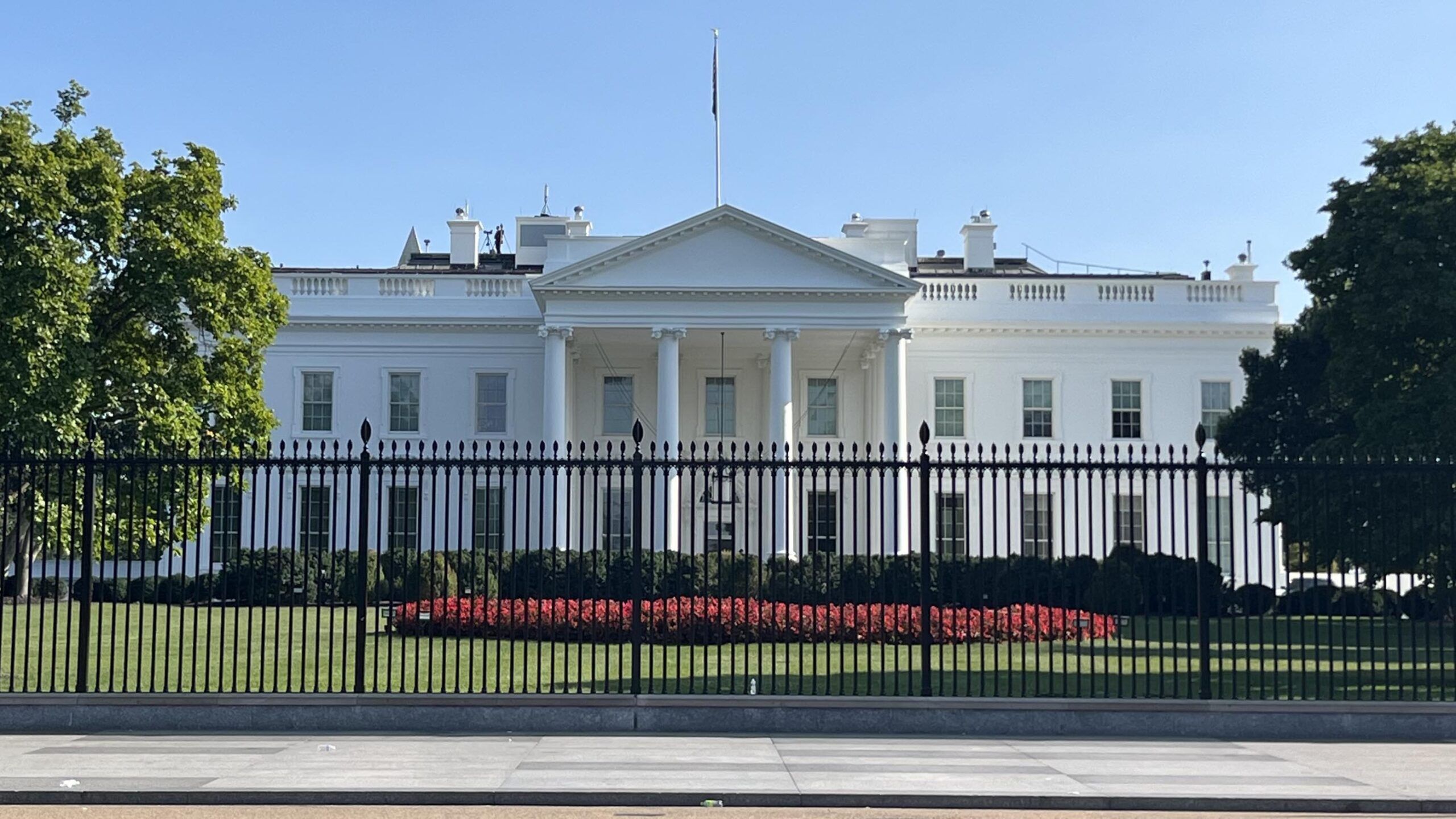Cannabis consumption has become increasingly prevalent, prompting research into its effects on various physiological systems, including hormonal balance. This article examines studies conducted between 2020 and 2024 that explore how cannabis influences testosterone and estrogen levels in the body.
Cannabis and Testosterone Levels
Impact on Male Reproductive Health
A 2022 study published in Frontiers in Reproductive Health investigated the association between marijuana use and hormonal imbalances among men. The researchers found that marijuana consumption was linked to significant hormonal changes, including decreased estradiol levels and altered testosterone-to-estradiol ratios. These findings suggest that marijuana use may disrupt endocrine function, potentially affecting male reproductive health.
Effects on Testicular Function
In 2022, researchers at Oregon Health & Science University conducted a study on nonhuman primates to assess the impact of chronic marijuana use on testicular function. The study revealed that daily consumption of THC—the primary psychoactive component of cannabis—led to a significant reduction in testicular size (over 50%) and decreased testosterone levels. These results indicate that prolonged marijuana use may adversely affect male reproductive health by impairing testicular function.
Interaction with Opioid-Induced Testosterone Suppression
A 2020 study explored the effects of concurrent cannabis and opioid use on testosterone levels in men undergoing methadone maintenance treatment. The researchers hypothesized that cannabis might mitigate opioid-induced testosterone suppression. However, the study found no significant association between cannabis use and testosterone levels in this population, suggesting that cannabis does not counteract the testosterone-lowering effects of opioids.
Cannabis and Estrogen Levels
Influence on Female Reproductive Health
Research into cannabis’s effects on female hormones, particularly estrogen, is less extensive. However, a 2021 review in Reproductive Sciences highlighted that THC, the main psychoactive component of cannabis, can disrupt the hypothalamic–pituitary–gonadal axis. This disruption may lead to decreased secretion of gonadotropin-releasing hormone (GnRH), subsequently affecting estrogen production and potentially impacting female reproductive events such as folliculogenesis and ovulation.
Sex-Specific Responses to Cannabis
A 2018 article in Frontiers in Behavioral Neuroscience examined how sex hormones like estrogen influence the endocannabinoid system. The study suggested that fluctuations in estrogen levels could affect the body’s response to cannabis, leading to sex-specific differences in cannabis effects. While this research predates the 2020–2024 timeline, it underscores the complexity of interactions between cannabis and estrogen.
Conclusion
Recent studies from 2020 to 2024 indicate that cannabis consumption can influence hormonal levels, particularly testosterone and estrogen, with potential implications for reproductive health. In males, chronic marijuana use has been associated with decreased testosterone levels and testicular size, suggesting a negative impact on reproductive function. In females, THC may disrupt estrogen production by affecting the hypothalamic–pituitary–gonadal axis, potentially influencing reproductive processes.
These findings highlight the importance of considering the hormonal effects of cannabis, especially for individuals concerned about reproductive health. As cannabis use becomes more widespread, further research is essential to fully understand its endocrine effects and to inform public health guidelines.





